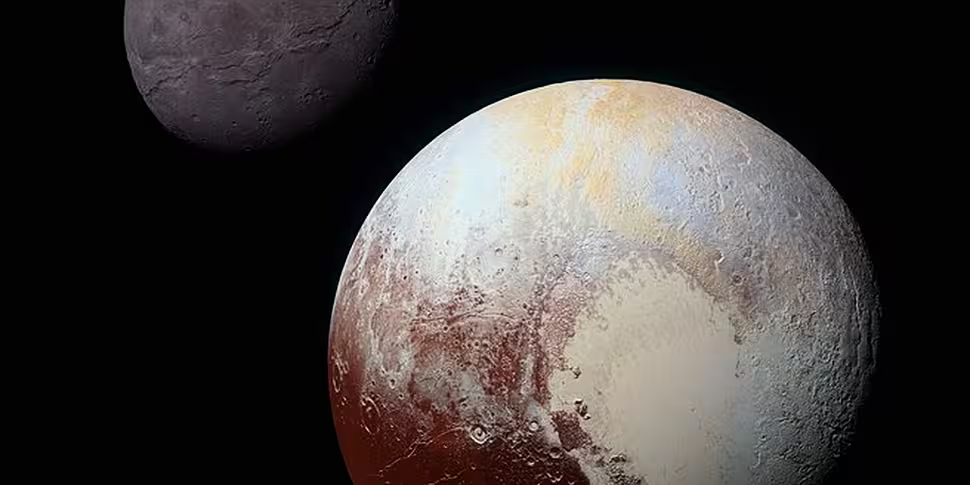Following on from the successful New Horizons mission to planet Pluto, NASA scientists have produced a colourful video that shows the public what a visit to Pluto would look like.
Made from a collage of more than 100 New Horizons images that were taken over six weeks of approach and close flyby in the summer of 2015, the video offers a “trip” to Pluto as it starts with a distant spacecraft’s view of the icy planet and its largest moon, Charon, before ending with a dramatic "landing" on Pluto's icy plains.
The images were collected in July 2015 by the New Horizons probe as it flew by the planet, revealing its 'icy heart' - a vast heart-shaped nitrogen glacier that captured the interest of scientists and the general public across the globe.
“Just over a year ago, Pluto was just a dot in the distance,” said New Horizons Principal Investigator Alan Stern, of the Southwest Research Institute, Boulder, Colorado. “This video shows what it would be like to ride aboard an approaching spacecraft and see Pluto grow to become a world, and then to swoop down over its spectacular terrains as if we were approaching some future landing.”
Unfortunately for those intrigued by the prospect of visiting the dwarf planet, it is unlikely that humans will be travelling to Pluto any time soon due to its intense icy atmosphere and its considerable distance from earth. It took NASA's New Horizons spacecraft nine years and three billion miles to reach the planet, moving at speeds that would get the spacecraft from New York to Los Angeles in about four minutes.
The New Horizons mission set out in 2006 to understand where Pluto and its moons “fit in” with the other objects in the solar system, such as the inner rocky planets (Earth, Mars, Venus and Mercury) and the outer gas giants (Jupiter, Saturn, Uranus and Neptune).
Since its launch, important discoveries about Pluto and the solar system have been reported, such as the discovery that Pluto could well have an internal water-ice ocean, and the fact that the planet's atmosphere is blue in colour.
Although its original mission has been completed, New Horizons will fly onward to an object deeper in the Kuiper Belt, to photograph the Kuiper Belt Object (KBO) known as 2014 MU69. The spacecraft’s planned rendezvous with the ancient object – considered one of the early building blocks of the solar system -- is Jan. 1, 2019.
What made this this KBO of particular interest to NASA researchers is that its orbit around the sun suggests it is made from material that existed during the birth of our solar system.
Any data that would be returned could offer an unprecedented glimpse into the past and answer questions that the scientific community have wondered about for centuries.









